The Ultimate Guide to Removing Acrylic Paint from Metal Surfaces
Are you looking for a way to remove acrylic paint from metal? If so, then you've come to the right place! As a professional paint remover and restoration specialist, I'm here to provide some invaluable insight into how best to go about removing acrylic paint from any type of metal surface. Whether it's a car body panel, a piece of furniture or something else entirely - there are several ways that you can tackle this problem. In this article, I'll discuss three methods of removing acrylic paint from metal safely and effectively. So if you're ready to start restoring that metallic surface back to its former glory, read on!
Definition
I'm a professional paint remover or restoration specialist, and I know all about removing acrylic paint from metal. First, let's start with the basics - what is acrylic paint? Acrylic paints are composed of pigments suspended in an emulsion made up of synthetic polymer resins, which when dry form a tough film. The properties of these paints vary depending on the ingredients used to make them. Their structure is such that they can be applied thickly without running or sagging and remain flexible after drying. Additionally, as long as certain preconditions are met, acrylics will not yellow over time like oil-based paints do. Now that you know more about the composition and structure of acrylic paint, let's move onto preparation steps for removal.
Preparation Steps
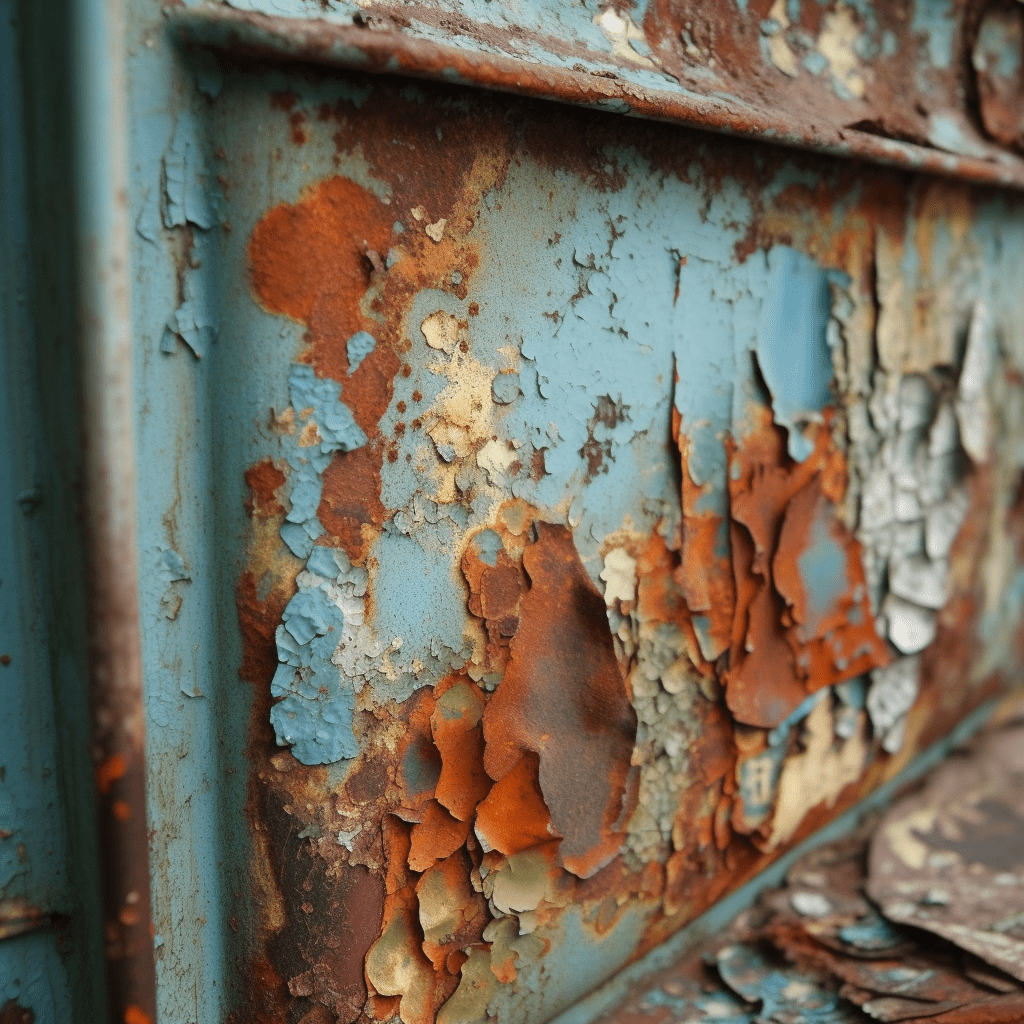
Before I get started on removing the acrylic paint from metal, there are three important steps of preparation that need to be taken. First is surface preparation; this includes clearing away any dust and dirt buildup, as well as using a sanding process if necessary. This will ensure that you have a clean surface to work with when it comes time for application or removal of the paint.
Second, applying a primer is an essential step in the removal process. Primer helps create an even base layer so that the painted surface looks uniform after removal. It also helps protect against corrosion and rust build-up over time. Lastly, once all the paint has been removed, it's important to apply a protective coating such as sealant or lacquer to keep your newly stripped metal looking its best.
These five steps can help make sure you're prepared before starting:
- Clear away any dirt or dust accumulation
- Sand down the area if needed
- Apply a primer coat
- Remove all traces of paint
- Finish off by sealing with a protective coating
Now that we've prepped our surface properly, let's move onto chemical solutions for further treatment and complete removal of the acrylic paint from metal surfaces.
Chemical Solutions
We’ve all been there before. You’re looking at a metal surface that you recently painted with acrylic, and suddenly it needs to come off! Don’t worry - I'm here to help. There are several chemical solutions that can effectively remove acrylic paint from metal surfaces.
The first solution is paint thinner, which is an excellent choice for removing smaller amounts of acrylic paint from metals like aluminum and steel. Paint thinner works by gradually softening the paint so it can be wiped away easily with a cloth or sponge.
In addition, paint thinner produces less fumes than other solvents, making it safer to work with in enclosed spaces.
Turpentine solvent is another popular option for larger jobs when trying to get rid of acrylic paints on metal surfaces. Turpentine works quickly and efficiently by breaking down the molecules in the paint, allowing them to be removed without damaging the underlying material or leaving behind any residue.
Paint remover and mineral spirits are two more options for removing large quantities of acrylic paint from metal surfaces. Both substances dissolve the paint on contact, making them easy to spread across larger areas without having to scrub too much or apply additional coats of chemicals. Additionally, acetone removers are also available if needed to tackle tough stains or stubborn spots on metal objects coated with acrylic paint.
No matter what kind of task you're tackling today – whether it's getting rid of a few minor splatters or completely stripping an entire object – these chemical solutions will make sure your job gets done right! With the proper application and knowledge of how each substance works, we'll have those pesky paints gone in no time! Onwards now towards exploring solvent solutions...
Solvent Solutions
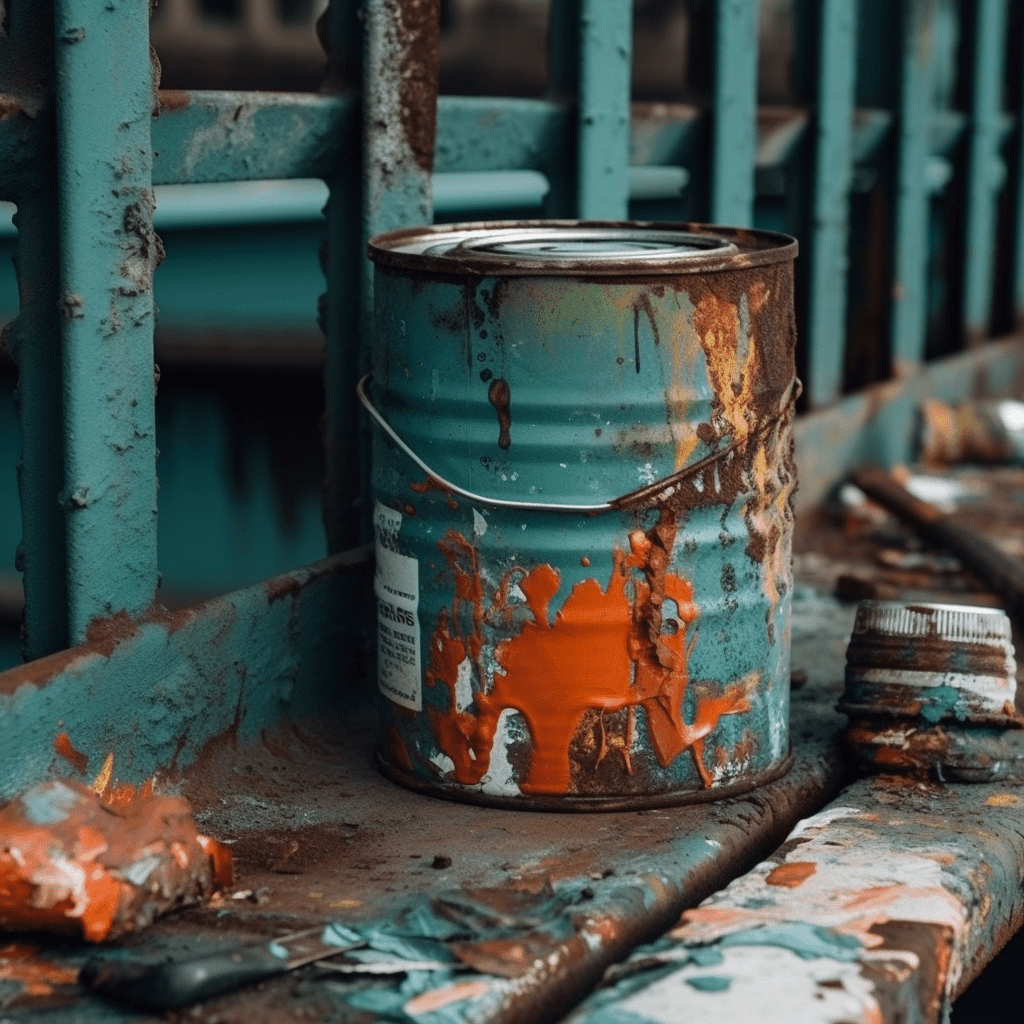
Now that we have discussed chemical solutions for acrylic paint removal, let’s move on to solvent solutions.
Solvent | Description |
|---|---|
Paint Remover | Dissolves paint |
Acetone | Fast evaporating |
Mineral Spirits | Non-flammable |
When it comes to removing acrylic paint from metal surfaces, paint remover solvents are a great option. The most common is methylene chloride, which softens the paint so it can be removed with a scraper or cloth rag. It is important to use caution when handling this hazardous material; protective gloves and eyewear should always be worn. Additionally, proper ventilation is essential as exposure to high concentrations of this compound can cause dizziness and headaches.
Another type of solvent used in acrylic paint removal on metal surfaces is acetone. This petroleum-based product works quickly but will also dry out your skin if you come into contact with it without wearing protective gear such as gloves and goggles. If there is still residue left behind after using either methylene chloride or acetone, mineral spirits can help remove any surface residues while cleaning the area at the same time. This petroleum-derived product is non-flammable and doesn't leave an oily residue like other solvents might do.
In addition to these solvents, several types of chemical cleaning agents may be necessary depending on the condition of the metal surface being treated.
These include detergents, degreasers, rust removers, and phosphoric acid cleaners — all of which work well for removing stubborn stains and restoring shine back to a variety of metals including aluminum, brass, copper, silver and chrome. With careful selection of products and diligent use of safety precautions every step along the way, you'll be able to efficiently clean off acrylic paints from metals using solvent solutions!
With proper care taken during preparation steps such as masking off areas not intended for treatment and keeping clearances between adjacent objects within safe distances per manufacturer's instructions—it's now time to consider mechanical removal techniques for dealing with stubborn adhesives & dried up deposits on metallic surfaces...
Mechanical Removal Techniques
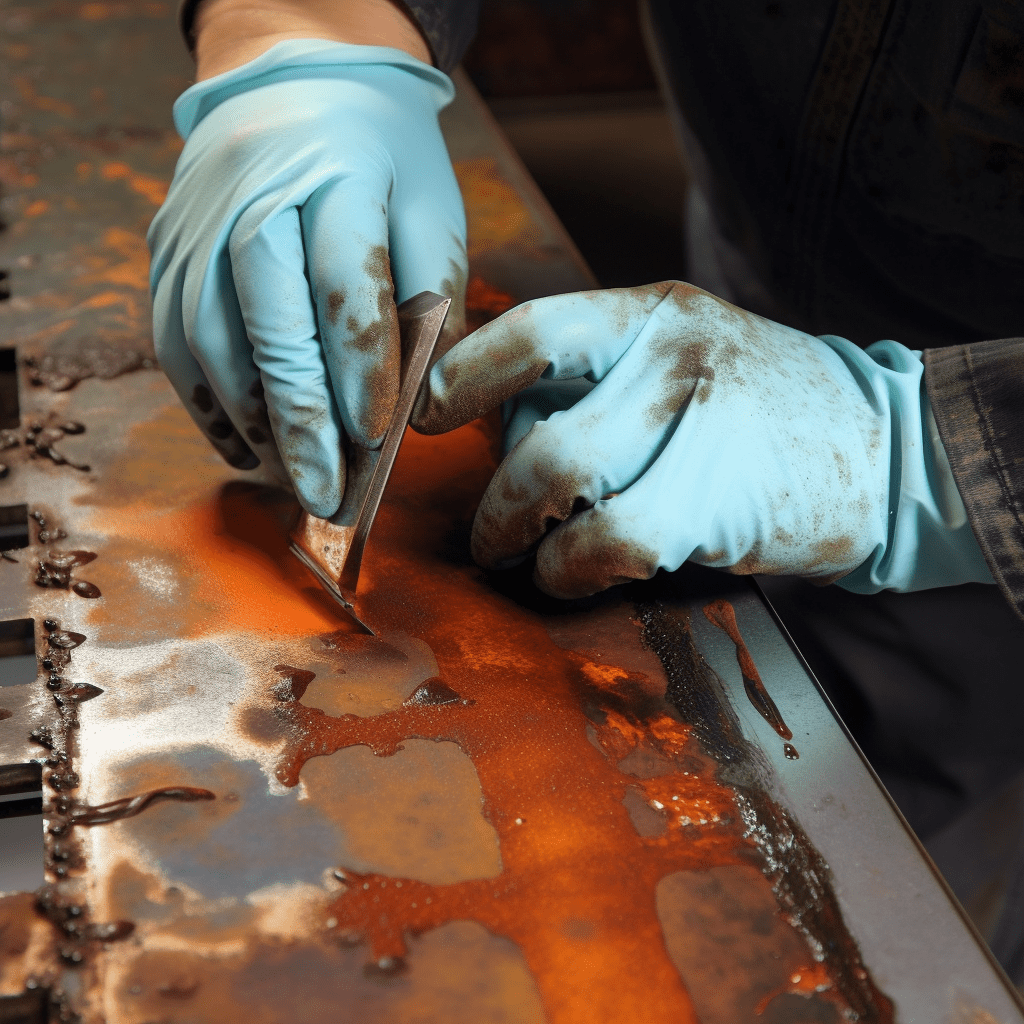
Removing acrylic paint from metal can be a painstaking process, like peeling an onion layer by layer.
There are a few mechanical techniques that will help you do this successfully:
- Sanding
- Wire brushing
- Scraping
Sanding is the most common method and it involves using sandpaper to rub away the paint until it's gone. A wire brush works best for intricate areas with small grooves or crevices. Use a stiff-bristled brush to get in those tougher spots. For larger surfaces, scraping may be more effective than sanding because it removes more of the material at once. You'll need some specialized tools such as grinding wheels, buffers and scrapers for this job. Depending on the size of the area needing treatment, these methods could require anywhere from several hours to days of hard work!
When removing acrylic paints from metals, safety must always be kept in mind - wear protective gear like goggles and gloves when doing any kind of abrasive work. Taking proper precautions during removal will make sure your project goes smoothly without any accidents along the way! With adequate preparation and care, you should have no problem restoring your metal surface back to its original form. Now that we've discussed how to remove acrylic paint from metal let's move onto prevention tips!
Prevention Tips
First of all, it's important to take steps to prevent paint damage on your metal surfaces. This means storing paint supplies away from heat and sunlight so that the quality does not degrade over time. Additionally, make sure you are cleaning metal surfaces thoroughly before applying primer coats or any type of acrylic paints. This will ensure good coverage and reduce the risk of chipping or peeling down the line. Finally, if you do use acrylic paints, always be sure to protect painted surfaces with a sealant once they have dried completely.
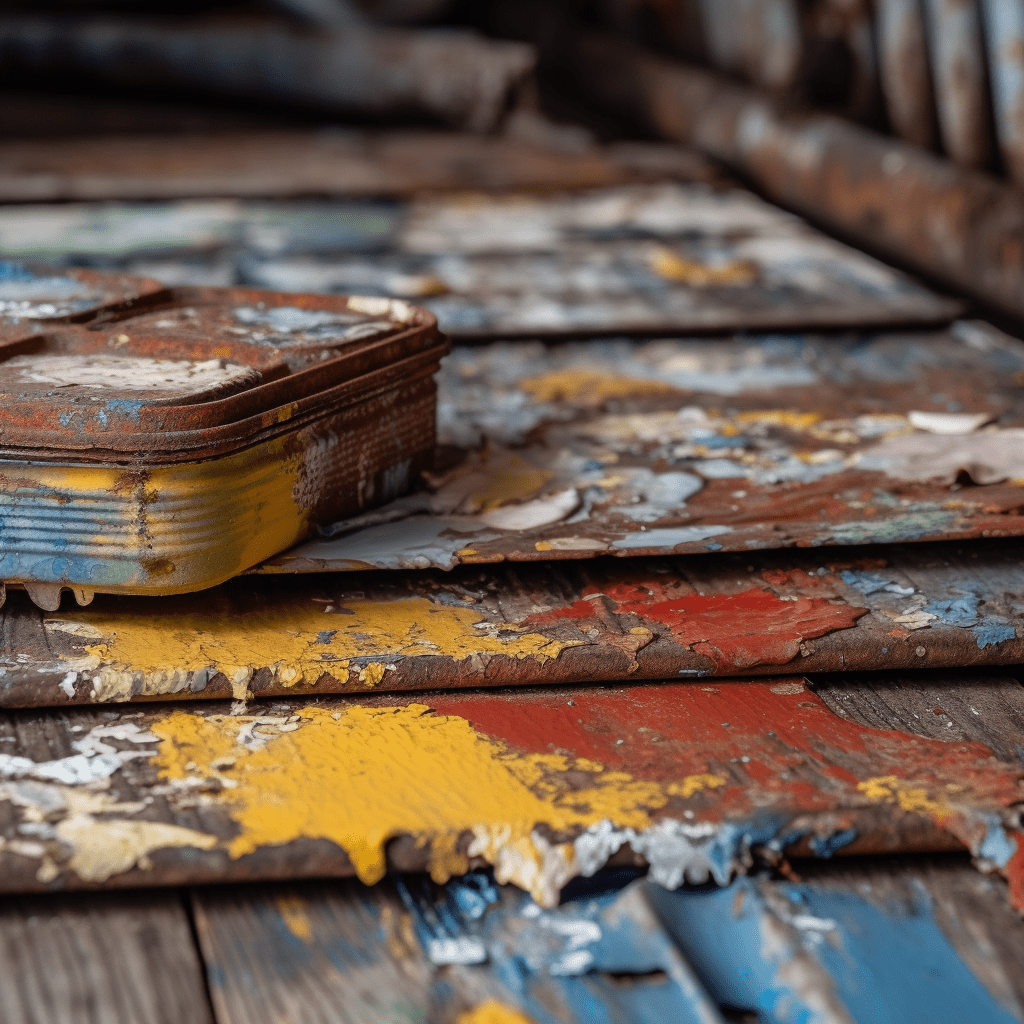
Now that we’ve discussed how to prevent paint damage, let’s move onto alternatives to using acrylic paints...
Alternatives To Acrylic Paint
When it comes to removing acrylic paint from metal, there are several alternatives that can provide a professional-looking finish. I've been in the business of painting and restoration for over 20 years now and have seen some pretty impressive results from these alternative paints.
To start with, let's take a look at watercolor paint. This is an excellent option for any type of art project involving metal as it provides vibrant colors without much effort or mess. Plus, it doesn't require any special equipment or tools – just brush on your chosen color and you're good to go! Watercolor paint is also very durable so if you want something long-lasting then this might be the right choice for you.
Next up we have oil paint which is great for covering larger areas quickly and evenly. It offers greater coverage than watercolors but requires more attention when applying since excess can easily drip off when applied too thickly. Oil paints also tend to remain flexible after drying making them ideal for rustic designs or intricate patterns on metal surfaces.
Spray paint is another viable option for those looking for quick coverage on their projects. Unlike other types of paints, spray cans offer even distribution and won’t leave behind streaks like rollers do.
Additionally, they come in a variety of finishes so you can choose one that matches your desired aesthetic perfectly! Just be sure to use proper ventilation when spraying indoors because the fumes may be hazardous.
Fabric paint is a great way to add unique touches to items made out of metal such as chairs, frames or sculptures. These paints dry quickly and last longer than regular acrylics making them perfect for busy artists or large scale works requiring multiple layers of color while still retaining flexibility in design possibilities.
Finally tempera paint has become popular amongst many painters due to its matte finish and ability to cover large areas with ease - allowing users to create bolder looks faster than ever before! Despite being less forgiving than other mediums mentioned here, tempera can give beautiful results when used correctly — providing stunning works of art on otherwise plain pieces of metal objects!
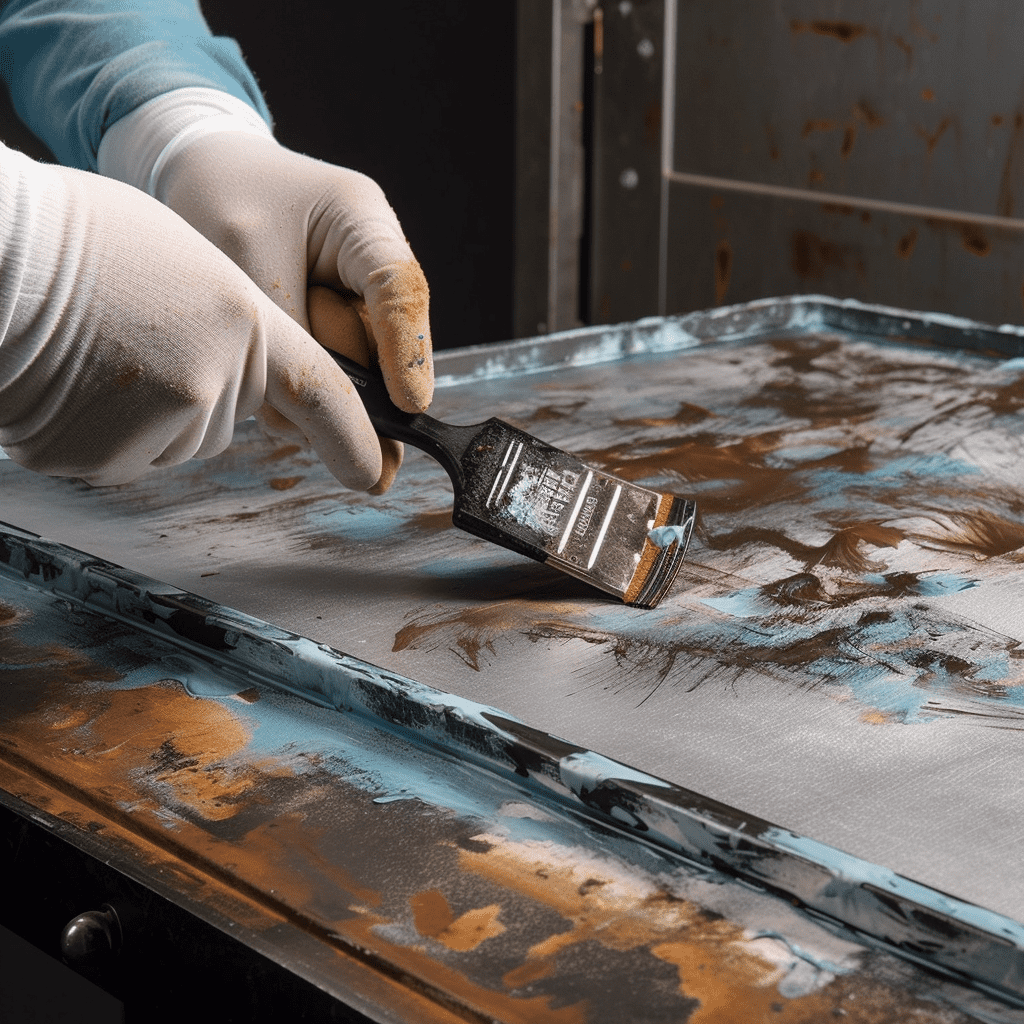
Fabric paint is a great way to add unique touches to items made out of metal such as chairs, frames or sculptures. These paints dry quickly and last longer than regular acrylics making them perfect for busy artists or large scale works requiring multiple layers of color while still retaining flexibility in design possibilities.
Finally tempera paint has become popular amongst many painters due to its matte finish and ability to cover large areas with ease - allowing users to create bolder looks faster than ever before! Despite being less forgiving than other mediums mentioned here, tempera can give beautiful results when used correctly — providing stunning works of art on otherwise plain pieces of metal objects!
Frequently Asked Questions
When it comes to removing acrylic paint from a metal surface, there are many things to consider. One of the most important is whether or not using chemical or solvent solutions poses any health risks – which is exactly what this article will be exploring.
First and foremost, when it comes to safety concerns with paint removal on metal surfaces, it’s critical to remember that the chemicals used in such processes can be extremely hazardous if handled improperly. In particular, chemical and solvent solutions used for acrylic paint removal contain potentially dangerous substances like acetone, xylene and methyl ethyl ketone (MEK). If these materials come into contact with skin or eyes they could cause severe irritation and even burns. As such, anyone dealing with such substances should take appropriate protective measures including wearing gloves and goggles.
Furthermore, some solvents may leave behind toxic residues after use, which could also lead to potential health issues down the line. It’s therefore essential that all traces of any substance used in the process are removed before repainting takes place. This includes both residue left by the initial application as well as fumes released during its removal – so proper ventilation must be ensured at all times throughout the process.
In order to ensure maximum safety while removing acrylic paint from a metal surface then, one must always exercise caution when handling any type of chemical or solvent solution. All necessary precautions should be taken prior to beginning work; these include researching product ingredients thoroughly and using appropriate protective equipment where needed. Following these steps carefully will help minimize any health risks associated with acrylic paint removal on metal surfaces.
I bet you’ve been wondering if it even possible to paint on metal with acrylics. Well, the answer is definitely yes! However, what many people fail to realize is that not all paint types act in the same manner when applied to a metal surface. Acrylic paints often take longer than other paints to dry and can be tricky to remove once fully set.
So how long does acrylic paint take to dry on metal? It actually depends on certain factors such as: – The type of acrylic paint used – The thickness of the layer applied – The ambient temperature and humidity levels
In general, you should expect your acrylic painting project to take anywhere from 30 minutes up to several hours before it’s fully dried on a metal surface – depending on these conditions listed above. This also means that there are some precautions one must take while working with this type of paint, including: * Avoiding too much heat or direct sunlight during application. * Using an appropriate primer for added protection against corrosion and rusting. * Sanding down any uneven surfaces prior to applying the paint. * Testing out different air circulation techniques like using fans or open windows.
It may sound tedious but taking extra care during each step will ensure your metal art piece looks amazing after drying time has passed! Taking into account all the unique requirements that come along with using acrylic paints on metals will help make sure that their longevity isn’t compromised by improper use or careless application. So don’t forget – always do your research first and remain patient throughout the process; after all, good things come for those who wait!
When it comes to removing acrylic paint from metal, sealant application can be a great way to protect the surface. A sealant is a liquid coating that creates a protective barrier over the metal, preventing any further damage or discoloration caused by the acrylic paint. By applying a sealant after removing acrylic paint, you will ensure that your metal surface remains in top condition for longer.
For example, when I was hired to restore an old wrought iron fence at my client’s home, I had to remove years of peeling and chipped-off layers of old paint before applying a new coat of paint. After carefully scraping away all traces of the existing finish using chemical solvents and other cleaning solutions, I applied two coats of rust-resistant primer followed by one layer of glossy black enamel paint to give the fence its original sheen back. To complete this project successfully, I also sealed each section with an acrylic paint sealant which provided extra protection against future wear and tear.
Applying a sealant to metal surfaces after removing acrylic paint is not only cost effective but also ensures maximum durability even under harsh weather conditions such as extended exposure to sunlight or moisture. Additionally, specialised products are available on the market specifically designed for use on painted metals – so selecting the right product for your particular situation should prove relatively straightforward. The process itself involves little more than following manufacturer instructions for proper preparation and application techniques; however professional help may be recommended if there are large areas requiring treatment or if you lack experience with painting and sealing projects.
Whether you’re dealing with small touch-ups around the house or more extensive restoration work, taking time to apply an appropriate sealant once you have removed acrylic paint from metal can really pay off in terms of longevity and improved aesthetics down the line!
Painting metal surfaces can be a daunting task, as it requires an understanding of the types of metal surfaces and their suitability for acrylic paint. As a professional paint remover or restoration specialist, I know that choosing the right kind of metal surface is essential to ensure your painting project comes out looking great.
When deciding which type of metal surface is suitable for acrylic paint, there are a few things you should keep in mind. Firstly, you need to make sure that the surface has been properly prepared prior to painting; this includes making sure any rust or dirt has been removed from the area you’re planning on painting. Additionally, consider what kind of finish you’d like on your finished piece – glossy or matte? This will influence which type of metal surface would work best for your project.
Finally, it’s important to remember that some metals react differently with different kinds of paints and varnishes – so if possible, test them out first before committing to a final product! By taking into account all these factors when selecting which kind of metal surface is suitable for acrylic paint, you’ll be able to create beautiful pieces with ease.
Conclusion
In conclusion, it is possible to remove acrylic paint from metal surfaces. Depending on the type of metal and how much time has passed since the painting was done, there are a variety of methods that can be used to successfully remove the paint. Whether you choose chemical or solvent solutions, or manual scrubbing with abrasive materials, removing acrylic paint from metal can be an effective way to restore your project back to its original state.
It's important to note however, that some of these methods may present health risks if not handled properly. Using protective gear such as gloves and masks when dealing with chemical or solvent solutions is always advised in order to avoid any potential harm caused by inhaling airborne particles. Additionally, applying a sealant after removing the acrylic paint will help protect the surface against further damage due to weathering and other environmental elements.
As a professional paint remover and restoration specialist I recommend taking caution when attempting DIY techniques for removing acrylic paint from metal surfaces - especially ones using chemicals or solvents which could result in irreversible consequences if not applied correctly. All-in-all though, regardless of the method chosen, removing acrylic paint from metal can be done fairly easily and without too much hassle so long as proper safety measures are taken into account!






